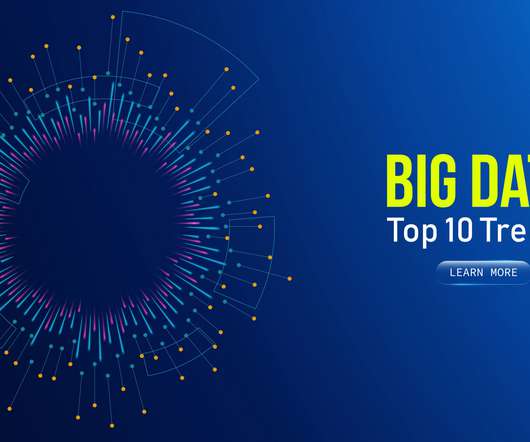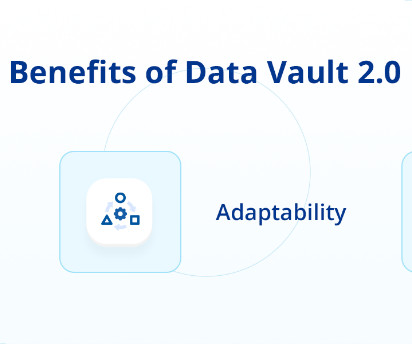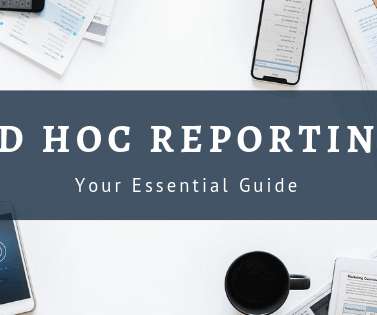5 Current Trends in Big Data for 2022 and Beyond
Smart Data Collective
DECEMBER 1, 2022
The world of big data is constantly changing and evolving, and 2021 is no different. As we look ahead to 2022, there are four key trends that organizations should be aware of when it comes to big data: cloud computing, artificial intelligence, automated streaming analytics, and edge computing.














Let's personalize your content